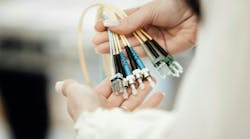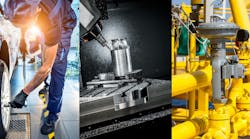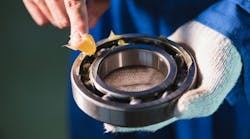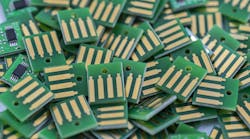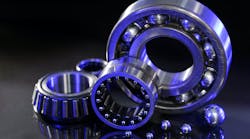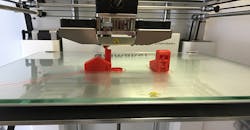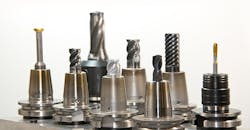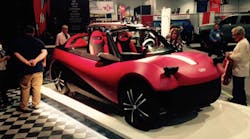I started using 3D printers of the fused-filament type about seven years ago. The first one I ever had to work with was a nightmare. It had to be readjusted each and every time it was used, and that was by no means a guarantee of printing success. Maybe one in six prints had some measure of success. It felt like hurrying to play a song before your instrument lost its tune.
A lot of the printers available now are by all measure, far superior to anything previous. I am not talking about the big and expensive machines with giant price tags. I am referring to the current slew of inexpensive ($500 to $3,500) models available that on their worst day are better than the best day I ever had with that first printer.
If you have a decent one, 3D printers are unquestionable time savers. I had actually used them to print parts for production, either when the product was first rolling out or when a purchasing oversight resulted in not having all the necessary parts in stock. I have also used them for fabricating tools and test fixtures. And, of course, it was used extensively for exploring concepts and prototypes.
Before the printer arrived, almost everything had to be fabricated by a shop. One fellow would make models from glued together stacks of carefully cut foam-center poster board.
All that said, and as beneficial as these machines are, 3D printing knowledge is just not enough. Any novice engineer or designer of fabricated parts is going to suffer professionally from limiting themselves to just the knowledge and techniques used for successful 3D printing. Developing a deep familiarity with other manufacturing techniques is essential for making educated decisions about design.
That familiarity will allow you to decide what methods to employ at what point and when. Will enough of these be used in a year to justify injection molding? Or are traditional machining methods more cost-effective for the foreseeable future?
If the part will be machined for now and injection-molded later, will you know how to design it so that you can handle the redesign from a rectilinear machined part to something similar with draft angles and parting lines? Will you know to tell the manufacturer not to gate into a particular feature because that feature is essential for the part to function correctly? How will you know when a feature is needlessly labor-intensive and consequently expensive to produce? These are the type of questions you will be confronted with
It may seem a bit daunting, but you just have to start. Then one day, without you having realized it, you will be the person everyone comes to for design advice. Here are five simple rules that will lead to you acquiring all that wisdom:
1. Go See it Done
If you get a chance to visit a manufacturer, jump at it. Seeing how things are done firsthand makes it more real. You will also pick up on things that no one could possibly convey with just a video or conversation. You will also be speaking with the people at the manufacturer themselves, and they will usually be full of stories and knowledge for you to pick up on.
2. Look Things Up On YouTube
Search for things like injection molding, spin welding, sonic welding, EDM, extrusion, investment casting, and anodizing. Get lost in it like when you click link after link, and suddenly hours have passed.
3. Try and Get Some Hands-On Experience
You should try to find or make opportunities for this because working with your hands really helps embed knowledge into your head. It is sometimes possible to talk your employer into getting a machine if they don’t already have one. You don’t need to talk them into purchasing an injection-molding machine. Maybe a CNC mill or lathe. Maybe both.
All you need is one of the smaller desktop machines sold by companies like Sherline, Taig, and Gunhead (see photos below). You can help sell the idea to management by agreeing to produce prototype parts with the machine. I have justified the purchase of a lot of equipment this way.
Keep reading 5 Simple Rules to Becoming a Design Guru on Machine Design, an Endeavor Business Media partner site.
